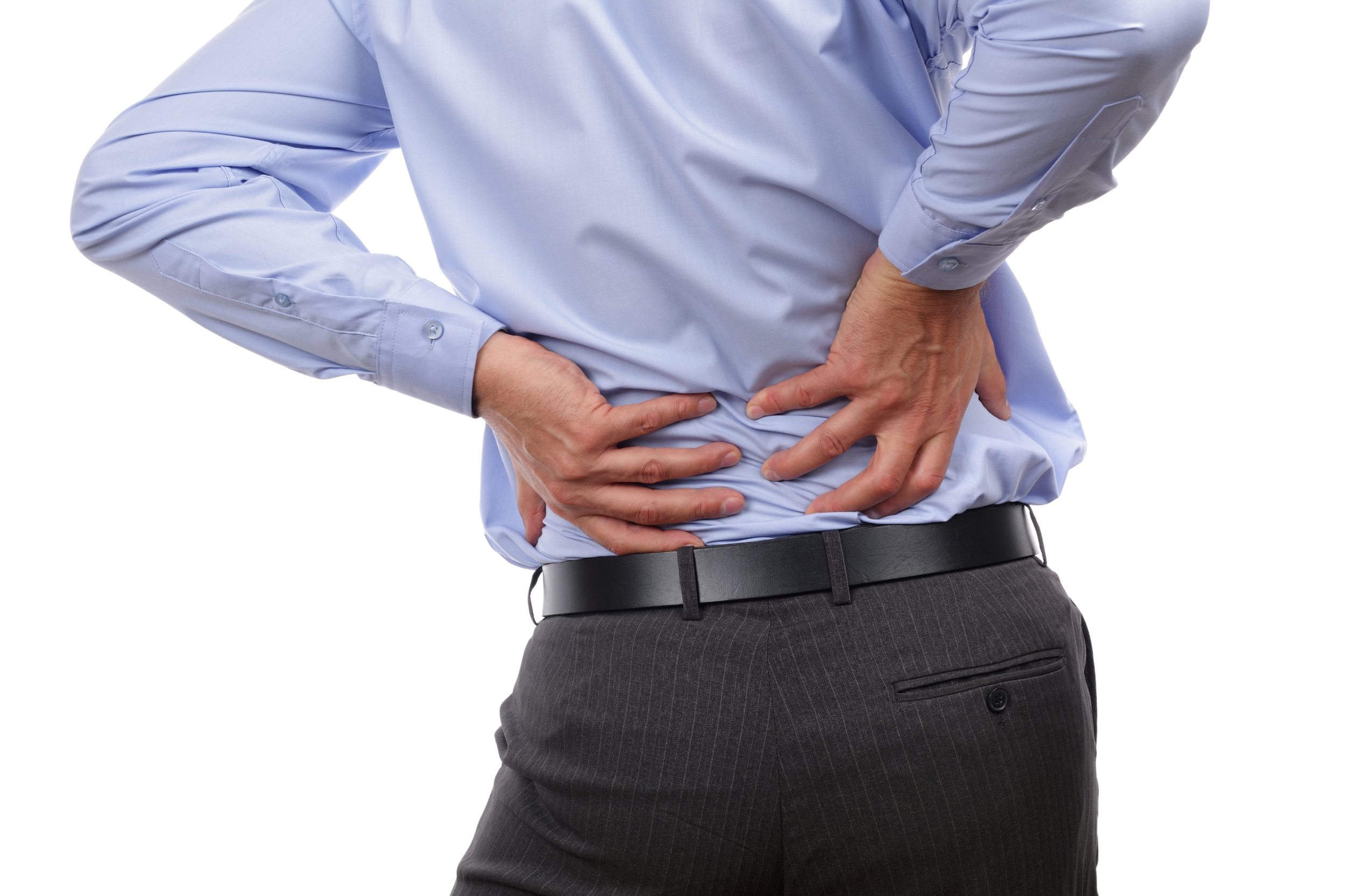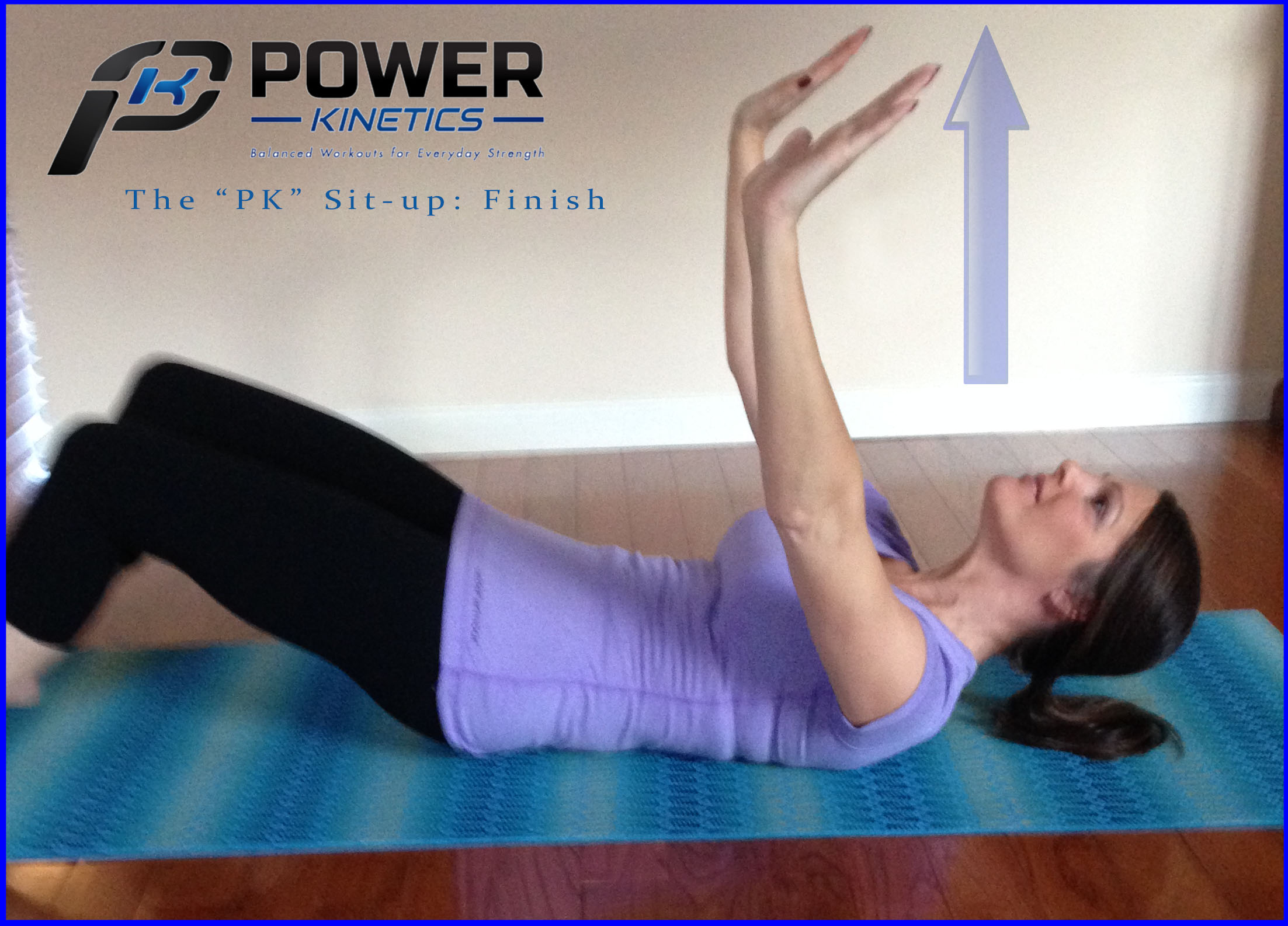When you were younger you probably felt invincible. It was like you were made of rubber and could withstand anything (bumps, bruises, or sitting like a pretzel for hours on end) and would snap back up again unscathed, ready for the next challenge. But how about now? Are you still invincible, or has your lower back been giving you painful reminders that you are not? According to statistics, the answer is probably YES! Sadly, you are not alone. You are actually part of an alarming global trend of people with low back pain issues. My hope with this BLOG is to teach you how to avoid becoming a statistic.
A recent Medical Journal Reported, “Low back pain (LBP) causes more disability globally than any other condition; according to two studies published online January 30 and March 24, 2014 in the Annals of the Rheumatic Diseases. As the world population continues to age, an urgent need exists for research to find out why and how LBP might be prevented or better managed…” (http://www.medscape.com/viewarticle/822492)
Let’s read that again,
“Low back pain causes more disability globally than any other condition… an urgent need exists for research to find out why and how LBP might be prevented or better managed...”
So the question is, "why does this happen and what can you do to prevent and/or recover from low back pain?" If I may be so bold... I am positive that I have the answers to both how LBP might be prevented and better managed!
Follow these steps:
#1. Take responsibility. If you are reading this you are obviously someone who takes responsibility, and who realizes that you cannot afford to keep doing what got you in this mess in the first place. You have to treat yourself differently. You have to treat yourself and your spine better. If you are overweight you have to drop the excess poundage...NOW! Proceed to step two.
#2 Movement is Medicine. We have all heard the quote, “use it or lose it.” Simply put, you absolutely MUST move around more. Get out of your chair for 10 minutes every hour. The US Army did a study and found that resting 10 minutes out of every hour made marching soldiers more effective. I believe that getting up 10 minutes out of every hour will help soldiers in the civilian world (you) be more energetic—and healthier. So get up and walk around! Better yet, shake the dust off your spine by performing the 6 spinal movements and the “10 Things To Do at Work” on the Power Kinetics® Exercise DVD.
#3 Get your spine aligned. How anyone in this day and age does not realize that all 26 bones of their spine need to be adjusted and realigned at least once a month is mind-boggling! I believe most LBP comes from the spinal bones getting stuck or misaligned. In other words, for optimal joint and spine health you absolutely MUST see a doctor of chiropractic on a REGULAR basis.
*Just like you regularly see a dentist to take care of the bones in your mouth... you must see a chiropractor to take care of the bones in your spine, and the rest of your body for matter.
#4 Receive applied kinesiology treatments. Applied kinesiology (AK) is a system that uses muscle testing to uncover which muscle(s) is not moving right when someone has pain or cannot do something. You are well aware of the fact that muscles move bones and I feel that chiropractors who utilize applied kinesiology techniques to augment their great adjustments can accomplish more in one visit than any other doctor who specializes in spinal health. I feel you need to have your muscles tested and then treated for optimal spinal health and I know of no better way of keeping your low back healthy than having specific kinesiological work done on your muscles followed by a precise chiropractic adjustment.
So we are clear, I am partial to AK because the founder of AK, Dr. George Goodheart, properly diagnosed and corrected the cause of my severe shoulder pain when no other doctor was able to... over 30 years ago. This motivated me to become the youngest teaching Diplomate of Applied Kinesiology in the world. (or so I was told)
*If you are interested, I have a list of doctors I've trained in applied kinesiology and also have seminar DVDs available to any doctor who wants to learn and use these powerful healing tools.
#5 Eat foods and herbs that decrease inflammation. Foods such as olive oil, nuts & seeds, fish (especially wild salmon, sardines & anchovies), grass fed beef, vegetables; and herbs such as turmeric, boswellia, ginger root, quercetin and ubiquinol work naturally with your body to decrease pain and swelling.
#6 Strengthen your stomach muscles (the abdominals). Strong abdominal muscles stabilize and support your low back. However, MOST stomach exercises are wrong. That’s right, most stomach exercises involve the hip flexors, which are antagonistic to the abdominal muscle. So you are creating tension in your low back; the very same low back you are exercising to help.
Several years ago, I developed an abdominal exercise for a man with a herniated disc who had horrific pain shooting down his legs. He needed to strengthen his stomach muscles to help his condition, yet every stomach exercise he tried was incredibly painful. Instead of having him contract his hip flexor muscles (psoas, rectus femoris), I had him contract his hip extensor muscles (gluteus maximus, hamstrings).
I developed this exercise for him and he was able to do it with no pain. So if a guy with a herniated disc was able to do this and not hurt himself, I am confident that this exercise will not injure your low back and you will benefit greatly by it. I’m a little embarrassed that it took me 30 years—plus a patient in horrible pain—to come up with this abdominal exercise. One of my students named it “The Charles Crunch.” I simply call it, "The PK Sit-up."
*You can see this low back saving exercise in the Dec 17 2014 BLOG.
There you have it. Six things you can do to avoid the greatest cause of disability on the planet. When your low back hurts, everything hurts and everyday can be a living nightmare. Be very diligent with these 6 steps and you will have a greater probability of a healthy, pain-free low back and a greater opportunity of enjoying life to the fullest.
Don’t wait until you have low back pain to implement these six actions, do them as preventative measures NOW. As Benjamin Franklin said, "An ounce of prevention is worth a pound of cure."
I will leave you with a different version of this adage that I teach all of my patients, “Be kind to your spine. Treat your back like it is hurting…and it never will.”
To your Great Health and Success,
Eugene Charles, D.C., DIBAK Diplomate, International Board of Applied Kinesiology www.charlesseminars.com
Follow Dr. Charles on Twitter, and subscribe to his YouTube channel. Share this blog with a friend!
For a list of doctors trained in Applied Kinesiology http://www.charlesseminars.com/AKdoctors.html
For doctors interested in adding Applied Kinesiology to their practice http://www.charlesseminars.com/producs.html
To order The Power Kinetics® Exercise DVD http://www.charlesseminars.com/PowerKineticsVitamins.html







